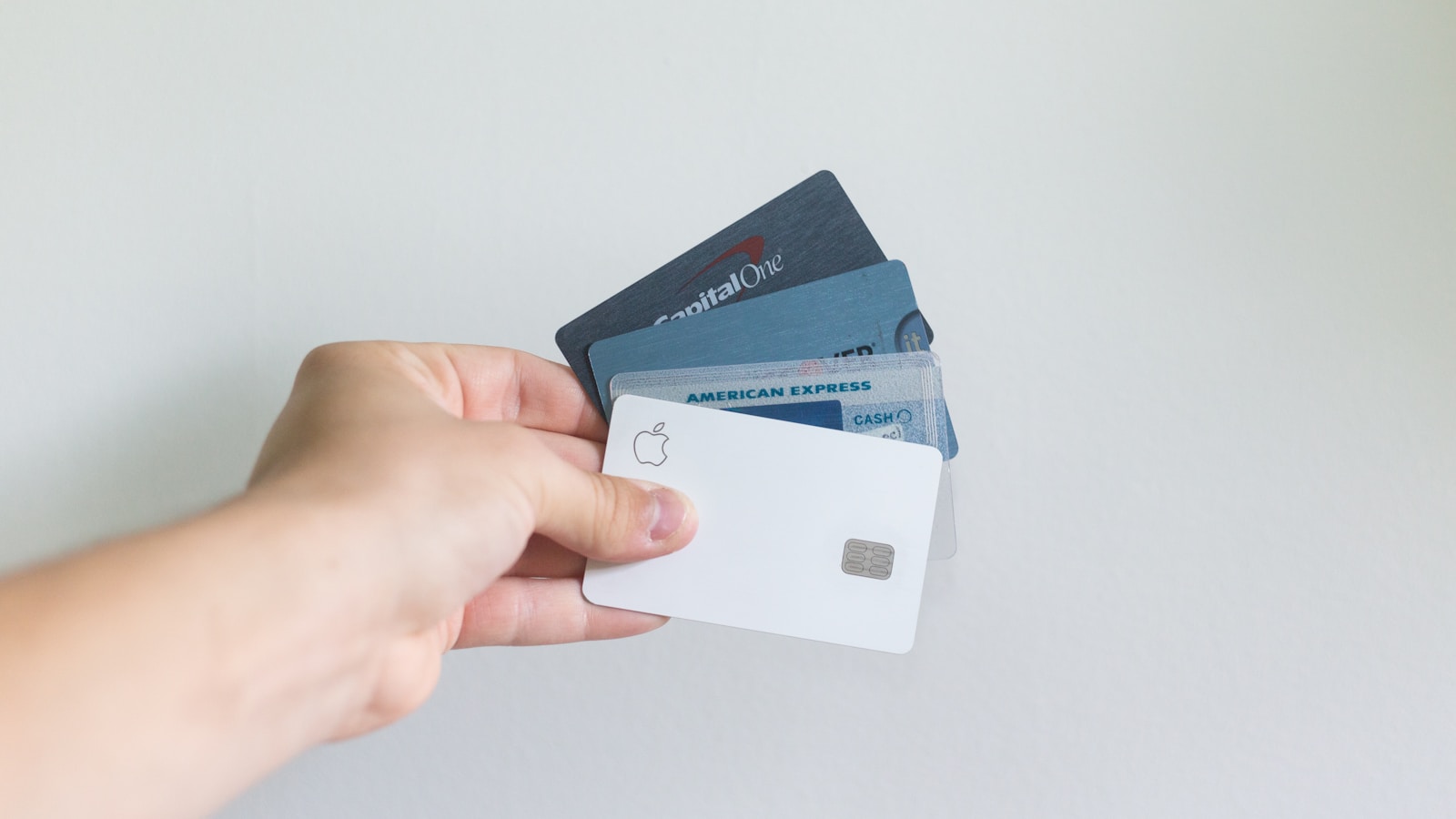Key takeaways:
- Shopping data can double credit approvals for first-time borrowers.
- Patterns like sale buys and card use signal low default risk.
- Retailers and banks can partner, with consumer consent.
- New models boost access while keeping default rates low.
Can Shopping Data Improve Loan Approvals?
Many people lack credit history and face big hurdles. Banks and credit bureaus rely on past loans to judge risk. Yet newcomers often have no records. As a result, they face rejection. However, everyday purchases can fill that gap. Research in Peru shows shopping data helps banks spot safe borrowers.
How Shopping Data Reveals Trustworthy Borrowers
Researchers matched loyalty card details with national credit records. They looked at what people buy, when they shop and how they pay. Then they tested if this shopping data predicts loan repayment. They found a strong link. Indeed, people who buy sale items and shop at set times repay more. Also, those who use cards instead of cash have lower default rates.
Why Lack of Credit History Blocks Loans
Without any borrowing record, lenders assume the worst. They see no proof you repay on time. As a result, banks approve just 16 percent of first-time applicants. This low rate keeps many good borrowers out. Moreover, people turn to informal lenders with high rates. Therefore, they miss chances to grow their savings or start a business.
What Patterns in Shopping Data Matter
Retail patterns in shopping data show traits of reliable borrowers. For example:
- Sale purchases: Buyers who hunt deals tend to manage money well.
- Regular timing: Shoppers who buy at the same time each week show routine.
- Card and digital methods: Using noncash payment shows record-keeping skills.
- Diverse baskets: People who buy household and clothing goods have stable needs.
Researchers found these factors cut default risk. Consequently, adding shopping data almost doubled approval rates to 31 percent. In some tests, it reached 48 percent.
Benefits of Using Shopping Data
This approach has real perks for borrowers and banks. First, lenders can say yes more often. That helps young workers, small shopkeepers and new migrants. Second, safe borrowers gain credit access earlier. In turn, they invest in education, homes or business. Third, banks risk only a small rise in defaults. Finally, this model does not hurt those who qualify under traditional checks.
Next Steps for Banks and Shoppers
Banks should run live tests with shopping data. They can set up field experiments to compare old and new scoring. Also, they should watch long-term results. Do first-time borrowers keep paying on time? Do they build strong credit histories? Moreover, banks can set low initial credit limits and raise them gradually. This step helps new customers learn healthy habits.
For shoppers, sharing data with consent is key. They need clear choices on which retailers may share details. Ultimately, this model builds trust and financial inclusion.
Protecting Privacy and Fairness
Any data sharing must respect privacy rules. First, consumers should give informed consent. They must know how their shopping data gets used. Second, firms need strong guardrails. They should avoid bias against any group. Also, regulators should set clear laws on data sharing. Finally, banks and retailers must secure data to prevent breaches.
A survey found many people worry about misuse of personal data. Therefore, transparency and rules are a must. In this way, shopping data can serve as a powerful tool without harming privacy.
Looking Ahead
This research in Peru offers a promising path. However, banks around the world will need to adapt. They must integrate shopping data into credit models. Also, they should train staff to support new borrowers. Furthermore, policymakers need to monitor outcomes. They should track whether broader access yields real gains in well-being.
In the long run, combining traditional credit checks with shopping data may include billions more people. Access to credit can smooth income and fund new ventures. Moreover, it can lower reliance on high-cost informal loans. Ultimately, shopping data could reshape how lenders see risk and open doors to more families.
By using shopping data wisely, banks can spot hidden talent. Meanwhile, responsible shoppers can build credit faster. Together, they create a more fair financial world where newcomers no longer stay invisible.
Frequently Asked Questions
How does shopping data improve credit scores?
Shopping data adds details on buying patterns. It shows deal hunting, payment methods and shopping times. These factors predict repayment ability and boost approval rates.
What types of shopping data matter most?
Sale purchases, regular visit times and noncash payments matter most. Also, a mix of household and clothing items signals stability. Each pattern can indicate low default risk.
Will sharing shopping data hurt my privacy?
No, if you consent, retailers share only anonymized details. Strong rules must exist to protect your personal information. Firms need to secure data and keep it safe.
Can shopping data replace traditional credit checks?
Not fully. Shopping data works as a second look for first-timers. It complements income and employment records. Together, they create a fuller picture of borrower trustworthiness.

